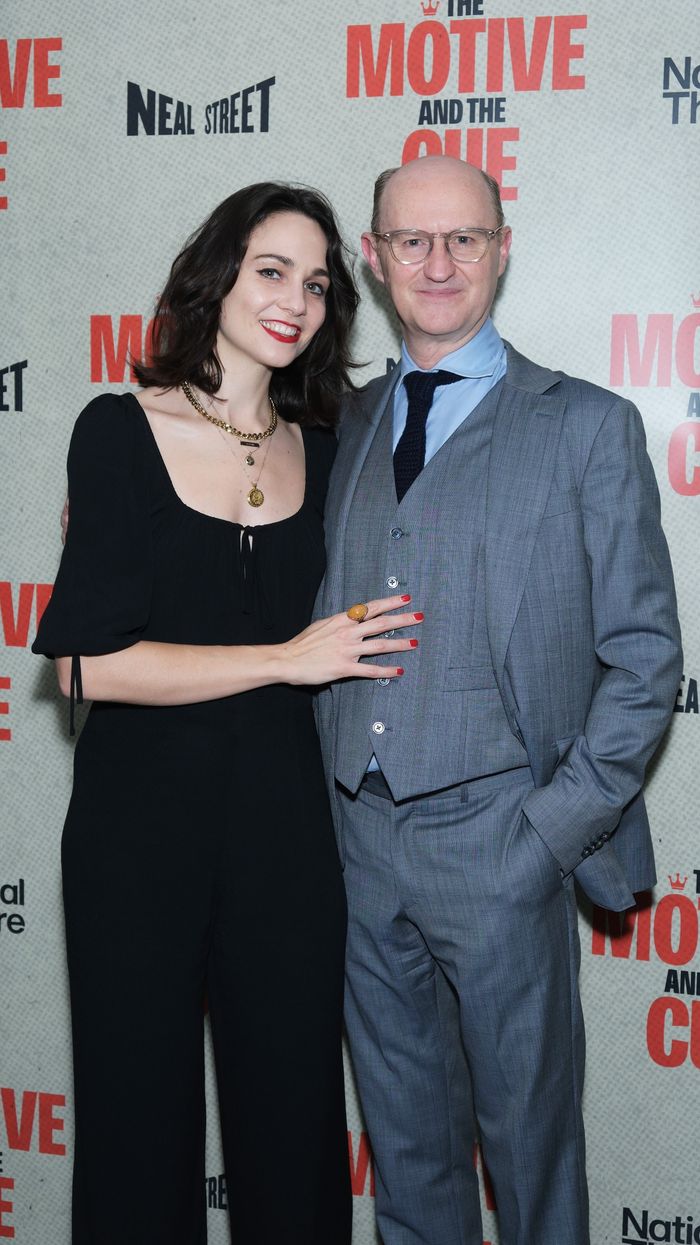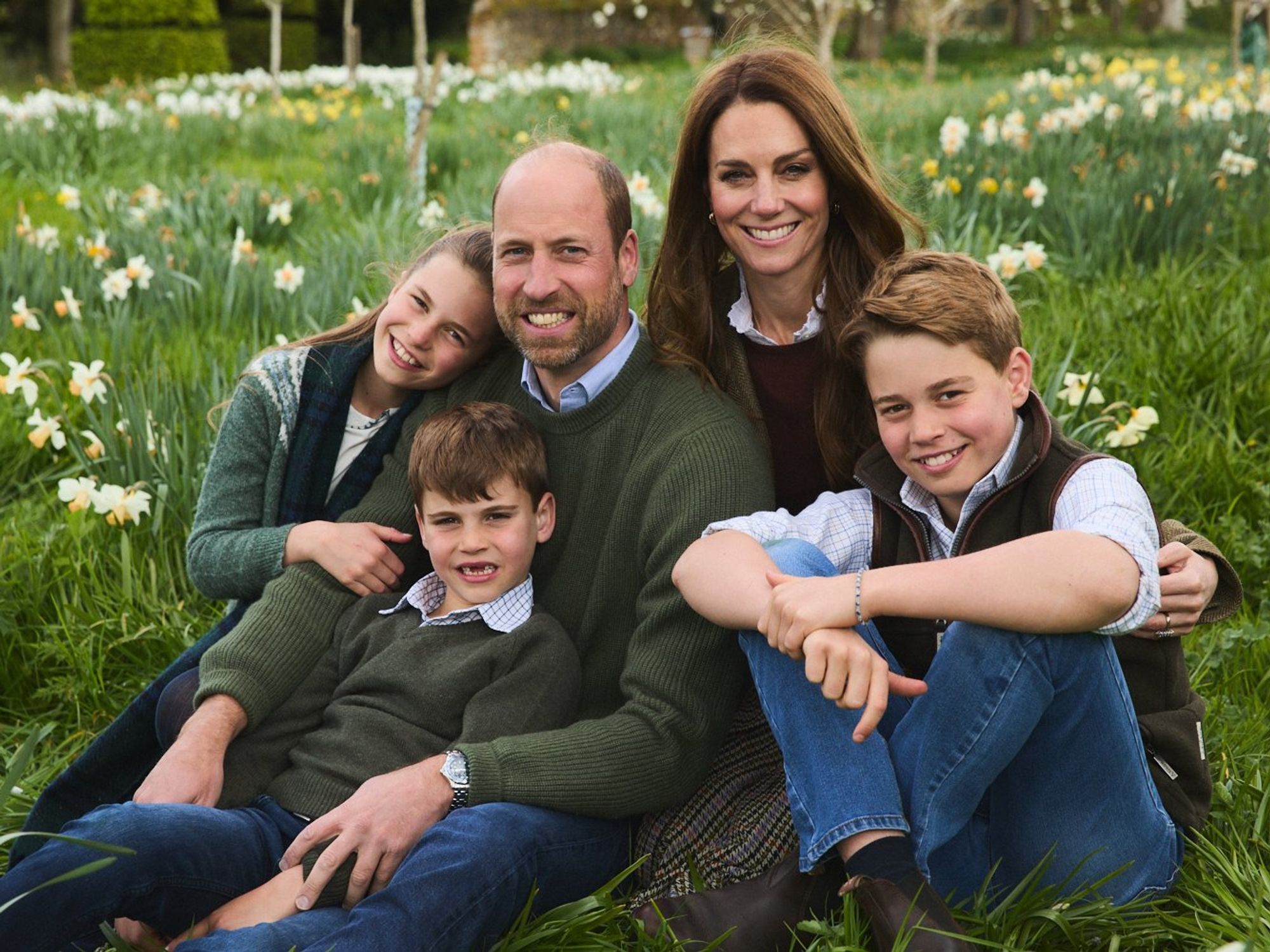The Motive and the Cue at the Noel Coward theatre is metatheatre in its purest and most distilled form: Theatre review

The cast of The Motice and the Cue with Sam Mendes (right)
|GETTY
The show is playing all the way up to March 23
Don't Miss
Most Read
Latest
Ever since it opened at the National Theatre in April last year, The Motive and the Cue has received rave reviews.
Now transferred to the Noel Coward theatre on London’s West End, the story of the 1964 Gielgud/Burton Hamlet is nothing short of thrilling.
Playwright Jack Thorne (of Harry Potter and the Cursed Child fame) has crafted this new play as a glimpse into the rehearsal room of the most successful Hamlet production of all time.
Richard Burton - at the time newly married to Elizabeth Taylor - played the title role in an experimental, modern version of Shakespeare’s tragedy, directed by Sir John Gielgud on Broadway in the middle of the 1960s.
The story of The Motive and the Cue takes us from day one in the rehearsal room to the evening of the first performance, something aided and illustrated by a projected timeline on a black screen in front of the stage.
This created a nifty little moment: as the curtain went up on the Gielgud/Burton Hamlet, the curtain on The Motive and the Cue came down.
How Shakespeare’s words are woven into this play is extraordinary. Quotations from Hamlet accompanied the projected timeline, serving as a little preview of the scene to come. There were also hits of Macbeth and King Lear, as well as nods towards Elizabeth Taylor’s take on Cleopatra.
The title of Thorne’s play comes directly from one of the Danish prince’s many musings - ‘What would he do / Had he the motive and the cue for passion / That I have?’ (Act 2, Scene 2) - and throughout, we got long bursts of Shakespeare’s tragedy being run and re-run, modified and altered via Gielgud’s attentive (Burton would say overbearing) direction. To hear the lines repeated with different inflections of voice, tone, movement, and attitude was a real treat; Hamlet was played with, manipulated, and moulded to create a unique experience.
What was particularly striking about Sam Mendes’ wonderful direction for The Motive and the Cue was the emphasis on pairing. Each scene felt like it revolved around two people, even if others were on stage. It was always Gielgud versus Burton, Burton versus Taylor, actor versus character, motive versus cue, to be versus not to be…if you will.
This is a play about tension, about people pushing and pulling between one another, something excellently conveyed through such direction.
Although it may seem like intense subject matter, Thorne’s play is also rip-roaringly funny. Some really punchy swearing scenes are scattered throughout, as are innuendos and jokes about other theatre impresarios.
Undoubtedly what drove The Motive and the Cue, though, was the individual performances. Mark Gatiss as Sir John Gielgud was truly fantastic; there was such kindness, such compassion in his role of Gielgud-the-director, while at the same time moments were created which shed light on the talent of Gielgud-the-actor. Tuppence Middleton as Elizabeth Taylor was exceptional.
Thorne could write a Taylor/Middleton spinoff and it would undoubtedly be a hit - while not at the very forefront of the play’s plot, Middleton deftly controlled each scene she was in.
The most astounding performance, though, was that of Johnny Flynn as Richard Burton. This will surely be a career-defining moment for Flynn, already an actor with an incredible repertoire. The sheer power and force in his voice and his movement were spellbinding. It was a real pleasure to watch.
A quick mention must go to Sarah Woodward who played Eileen Herlie. Her speech following Ophelia’s death was delivered so beautifully that it created an interesting challenge to delicately disentangle Shakespeare from Thorne, Hamlet from The Motive and the Cue.
LATEST DEVELOPMENTS:

Mark Gatiss (right) and Tuppence Middleton (left) star in the production
|GETTY
Devlin’s set design was magnificent for its simplicity. The black framing of the stage elegantly expanded and restricted space; there was a spectrum of space here, moving from Gielgud’s cozy, enclosed office, to the slightly more spacious Burton-Taylor living room, and finally to the extensive rehearsal room.
The bright lighting reflected on the bare wooden floor, creating a slightly clinical feel to the rehearsal space - a reminder that every movement, action, and word in this room is minutely broken down, sifted through, and scrutinised.
Lighting of pinks and reds punctuated Taylor’s arrival in the room, signalling her glamour and femininity as well as the heat and danger she brought with it.
More than anything, though, this is a play about playing, about theatre, about drama. This is metatheatre in its purest and most distilled form - something already imbued into Shakespeare’s Hamlet via ‘The Mousetrap’ scene in Act 3. Johnny Flynn played Richard Burton playing Shakespeare’s Hamlet; this kind of dense layering was a thrill to unpeel and observe, with so many different strands of performance coalescing on the Noel Coward stage. This posed an opportunity for theatre-lovers to get wrapped up in the complexities of dramaturgy.
Gatiss and Middleton, towards the end of the play, seemed to directly address the audience with their Shakespearean soliloquies, gesturing to what acting - in its many different forms - can and can’t do.
The Motive and the Cue looks inwardly at itself, then, at its own art form and capacity. Such a moving - and humorous - contemplation of what it means to be a player (on stage) and to be played (as an audience) you will not find elsewhere. An unmissable spectacle - and what an ending.
The Motive and the Cue is at the Noel Coward theatre until March 23. Get tickets here: https://www.nationaltheatre.org.uk/productions/the...










